New digital collection available!
The Slavery question is the All-absorbing one of the day…
— Susan B. Anthony to Bestey Voorhees, June 28, 1854 [1]

Susan B. Anthony, n.d. Bain News Service, publisher. Courtesy Library of Congress. http://hdl.loc.gov/loc.pnp/ggbain.30124
Vassar’s Susan B. Anthony digital collection, containing 100 items (and more than 300 pages) of writings to and from the famous suffragist and abolitionist, is now available online. While Anthony is perhaps best known for her work in obtaining voting rights for women, she was also heavily involved in anti-slavery efforts, and Vassar’s collection provides insights into Anthony’s work in the pre-Civil War abolitionist movement. It also shows Anthony’s incredible talents for organizing political movements and bringing their causes to the forefront of local, state, and national conversations. Materials include letters to and from noted abolitionists Frederick Douglass, William Lloyd Garrison, and Elizabeth Cady Stanton (who, similar to Anthony, worked for abolitionist and suffrage causes).
Those interested in political organization, grassroots movements, funding, and networking will be particularly interested in Anthony’s writings. For example, her March 8, 1859 letter to William Lloyd Garrison describes her goal to organize and inspire abolitionists in New York through better connection to voters and legislators. As she writes from Albany, N.Y.:
“I have written Greely [Horace Greeley, the editor of the New-York Tribune] & asked him if he would not publish the petition & tell the readers of the Tribune of the fact that their noises should be heard at the Capitol … We must have some working centre here in New York – Gerit Smith [Gerritt Smith, see 3] says he has been giving time & money, in a quiet way – & so have others, but the trouble is it is so very quiet, nobody knows or feels it – We have the Material to be worked up into genuine anti Slavery – We lack only the faithful, earnest home workers -” [2].
![Closeup of page 1, Anthony, Susan B. -- to William Lloyd Garrison, [Mar 8, 1859]](http://pages.vassar.edu/library/files/2015/03/vassar46740-290x290.jpg)
Closeup of page 1, Anthony, Susan B. — to William Lloyd Garrison, [Mar 8, 1859]
Anthony’s early letters are filled with similar references to organization, “working centers,” and creating networks and media outlets to make others aware of abolitionist movements in New York. Her later letters shift focus to suffrage, but continue to show her incredible political organizing skills. For example, she delivers persuasive speeches about suffrage and continues to publish as widely as possible about votes for all, but also writes to congressman Thomas C. Powell on Oct. 22, 1876:
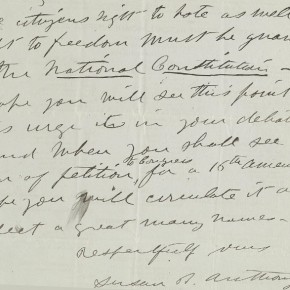
Closeup of page 2, Anthony, Susan B. — to Thomas C. Powell, Oct 22, 1876
“Because of my United States citizenship I am entitled to a voice in the government of the nation, the state, the county, the town & the city in which I chance to reside… and I hope you will see this point & thus urge it in your debates- – and when you shall see a form of petition to Congress for a 16th Amendment I hope you will circulate it and collect a great many names.”[4, emphasis added]
She later writes to “Dear Sir” (by context, most likely another congressman) in January 1884 in a similar vein, asking politely but pointedly about preparing for a national vote on women’s suffrage:
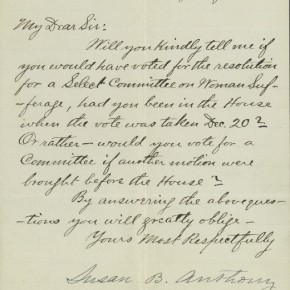
Anthony, Susan B. — to “Dear Sir,” Jan 18, 1884
“Will you kindly tell me if you would have voted for the resolution for a Select Committee on Woman Suffrage, had you been in the House when the vote was taken Dec. 20? Or rather- would you vote for a Committee if another motion were brought before the House? By answering the above questions you will greatly oblige.” [5]
The collection contains materials from 1854-1905. Most letters are handwritten and have an accompanying transcript, while others are typewritten. All are full-text searchable and available at http://digitallibrary.vassar.edu/collections/anthony-susan-b. Vassar’s digital collection provides access to a very large set of Anthony letters. Other notable collections include the selected documents available through the Elizabeth Cady Stanton and Susan B. Anthony Papers Project at Rutgers University, the Library of Congress, and of course the extraordinary collection of women’s suffrage materials available at the Schlesinger Library through the Radcliffe Institute for Advanced Study at Harvard University. See an excellent writeup about the Schlesinger’s online Susan B. Anthony materials, and read more of Susan B. Anthony’s documents through their site.
Resources
Notes
[1] http://digitallibrary.vassar.edu/islandora/object/vassar:46737
[2] http://digitallibrary.vassar.edu/islandora/object/vassar:46740
[3] Gerrit Smith was Elizabeth Cady Stanton’s cousin, “a founding member of the New York Anti-Slavery Society and a station master on the Underground Railroad.” National Park Service, “Elizabeth Cady Stanton and the Underground Railroad” http://www.nps.gov/wori/learn/historyculture/elizabeth-cady-stanton-and-the-underground-railroad.htm
[4] http://digitallibrary.vassar.edu/islandora/object/vassar:46766
[5] http://digitallibrary.vassar.edu/islandora/object/vassar:46774














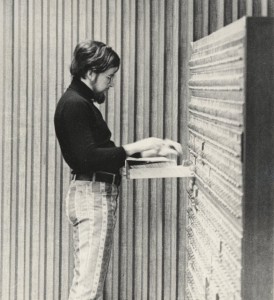
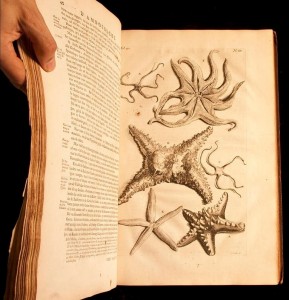
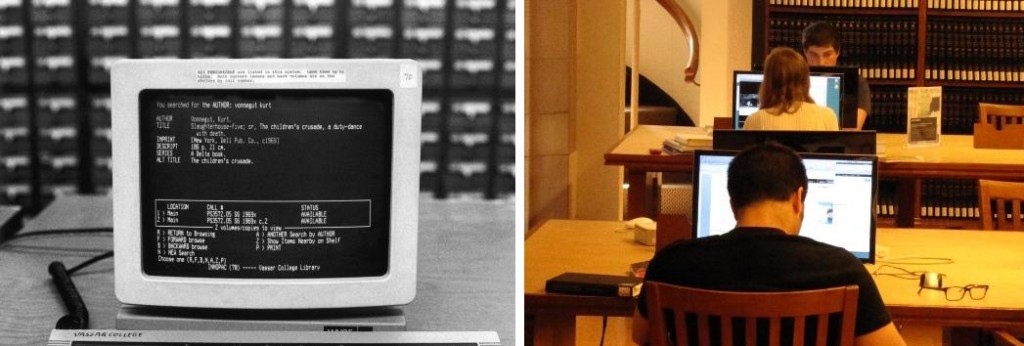



![Closeup of page 1, Anthony, Susan B. -- to William Lloyd Garrison, [Mar 8, 1859]](http://pages.vassar.edu/library/files/2015/03/vassar46740-290x290.jpg)

